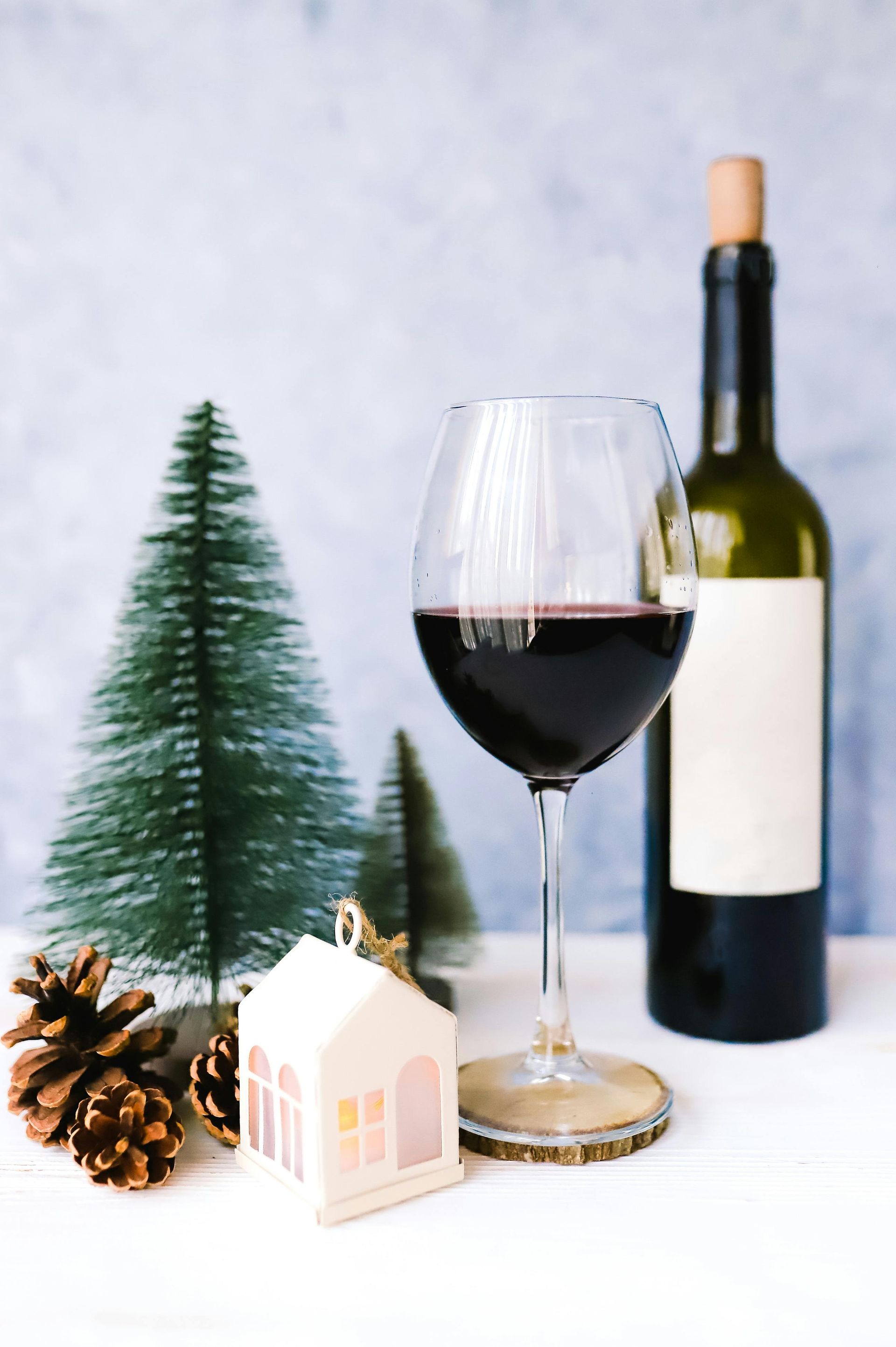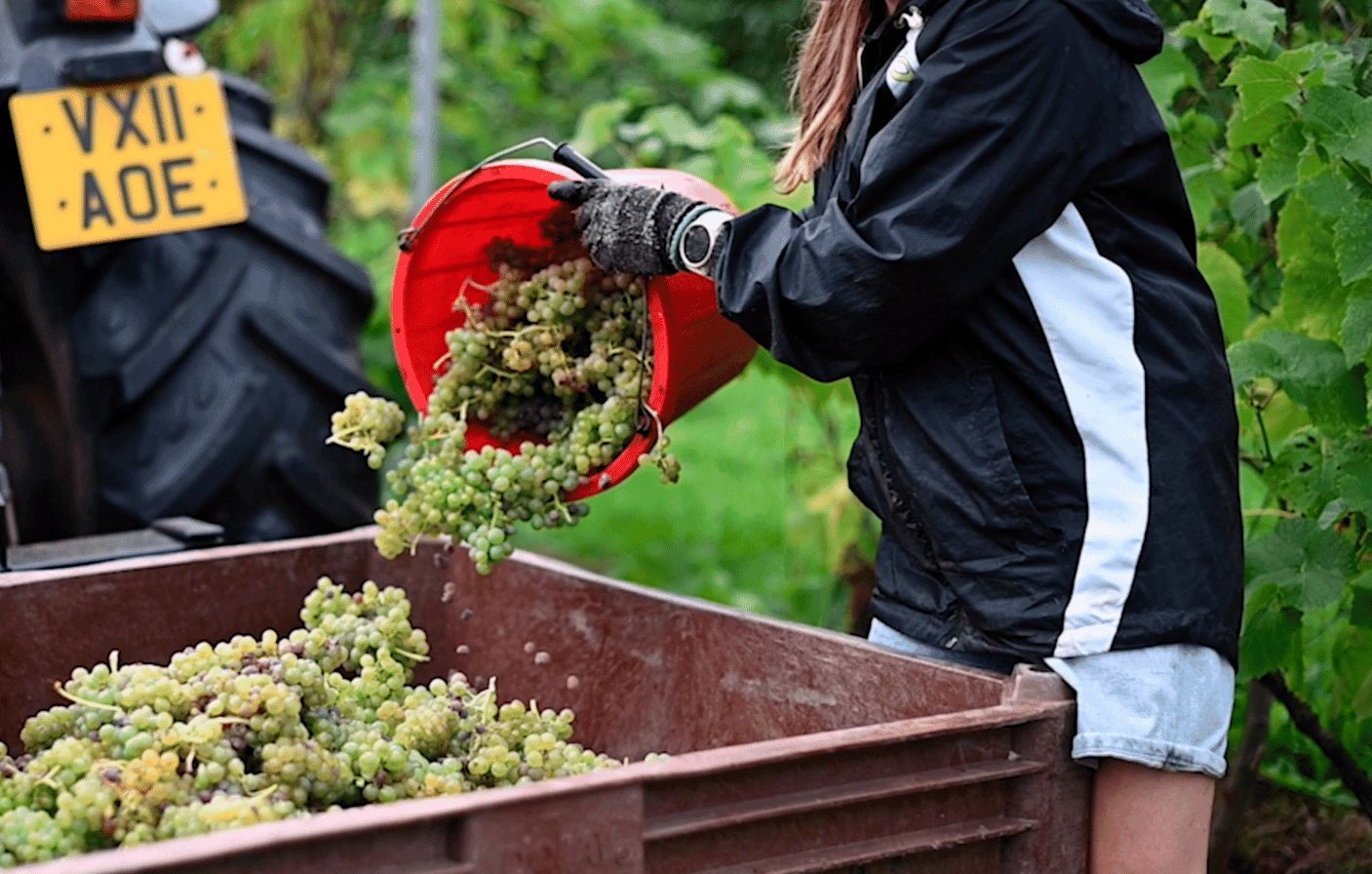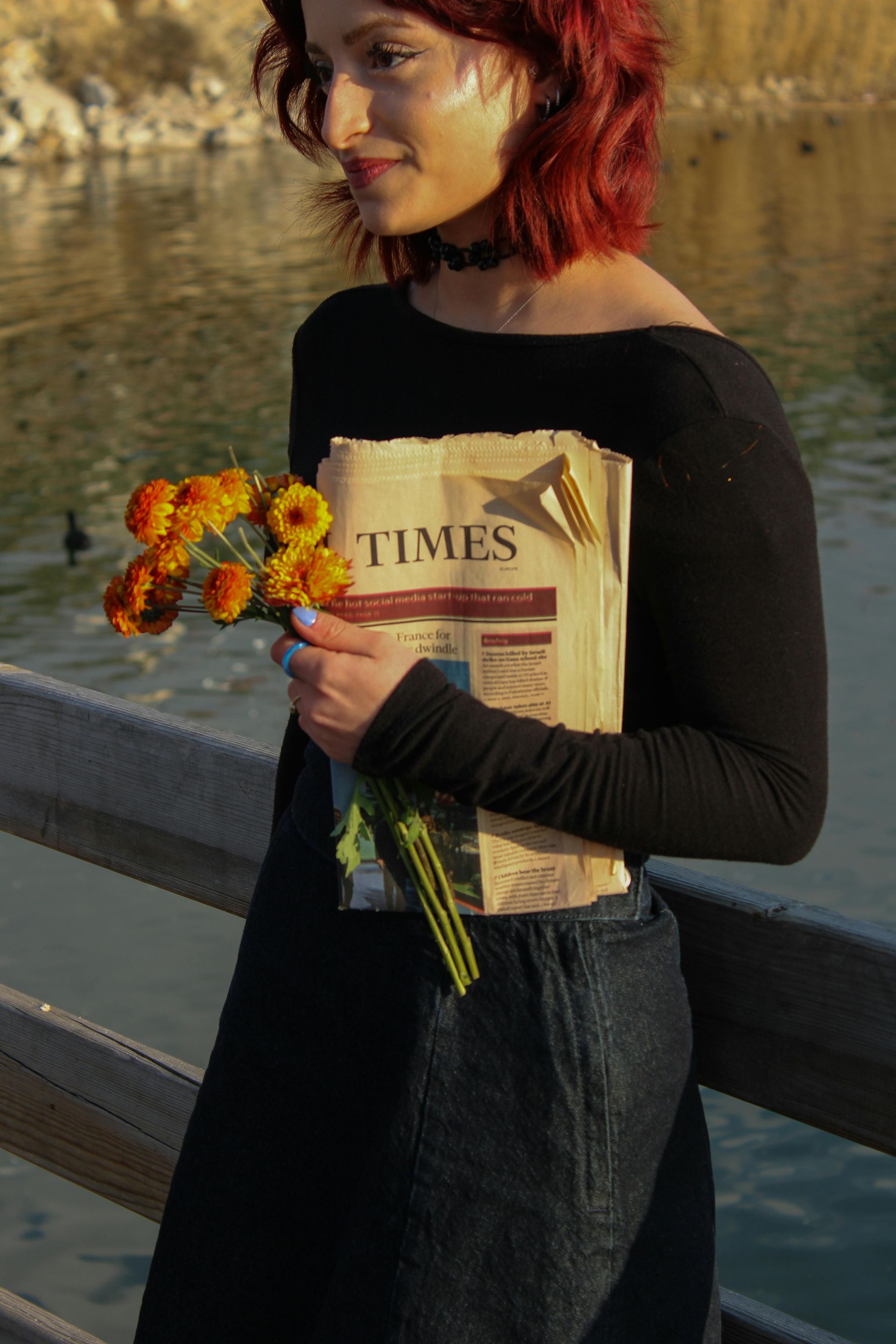What is the difference between Champagne and other sparkling wine?
Many of us enjoy a glass of sparkling wine, especially for a special occasion. But what is the difference between Champagne, sparkling wine made by the traditional method and much cheaper sparkling wines, such as Prosecco?
Not surprisingly, there are a number of differences between them.
All Champagne is sparkling wine, but not all sparkling wine is Champagne, even though there are people who will use the word ‘Champagne’ as a generic term to describe sparkling wine, especially when they are celebrating!
The really key thing about Champagne is that legally it can only be produced in the Champagne region of France, which is about 80 miles north-east of Paris. Sparkling wine produced outside this region will probably still be very good, but it cannot be called Champagne.
Champagne can legally be made from just three varieties of grape grown in this region – Chardonnay, Pinot Noir and Pinot Meunier. And it must be aged for a minimum of 18 months. Some Champagnes are aged in the bottle for up to 10 years before they are sold.
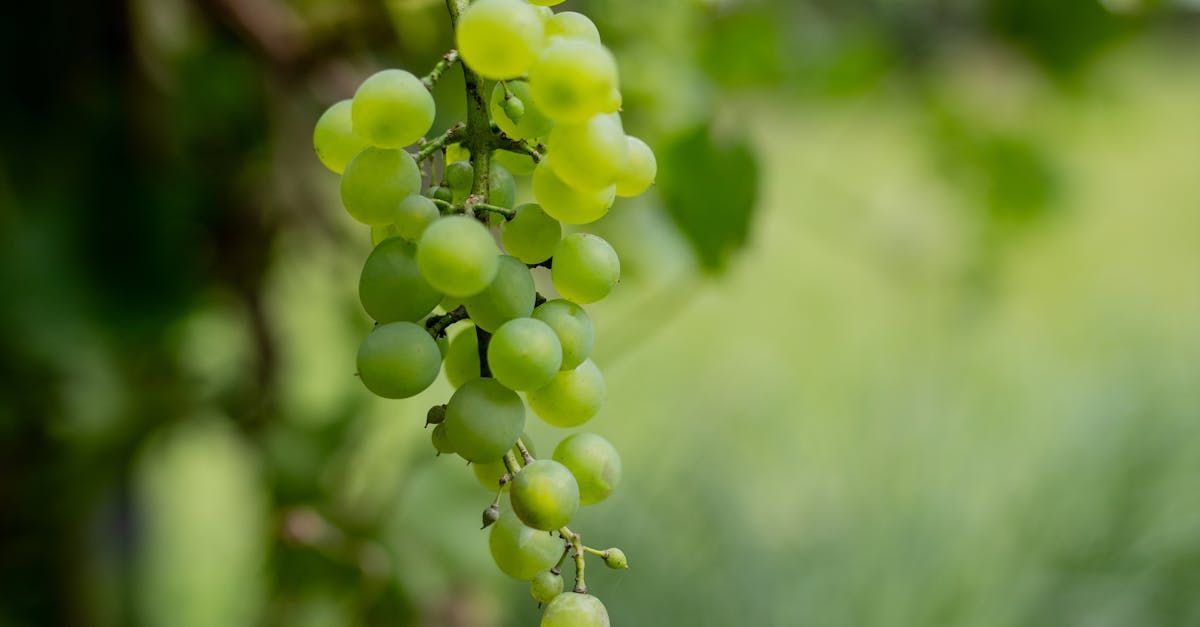
The bubbles in Champagne come from the secondary fermentation process. The primary fermentation process converts the juice from the grapes to still wine. The still wine is then put into bottles, with a combination of sugar and yeast. That is where the magic happens, and the secondary fermentation process occurs. Carbonisation develops under high pressure, giving Champagne its characteristic fine, persistent bubbles.
Small bubbles are a sign of a high-quality wine. The best quality sparkling wines, including Champagne, will have a constant path of bubbles travelling from the bottom of the glass to the top.
A vintage Champagne is one where all the grapes were from one harvest. It will have the date it was made on the bottle. A non-vintage Champagne will have NV on the bottle and is made from grapes harvested over more than one year. Being non-vintage doesn’t mean it won’t taste as good!
A big difference between Champagne and the other sparkling wines is of course the price. Champagne is more expensive because the production process is more labour intensive. But it is also viewed as a luxury product, meaning people are willing to pay more for it.
Prosecco isn’t ‘cheap Champagne’. It is an entirely different wine, made in a different way. But, like Champagne, it is made in a specific geographical area – Veneto in the Valdobbiadene region of Italy. Although the growing popularity of Prosecco means this area has expanded significantly in recent years!
Prosecco is made with 80% Glera grapes. It is much lighter and sweeter than Champagne.
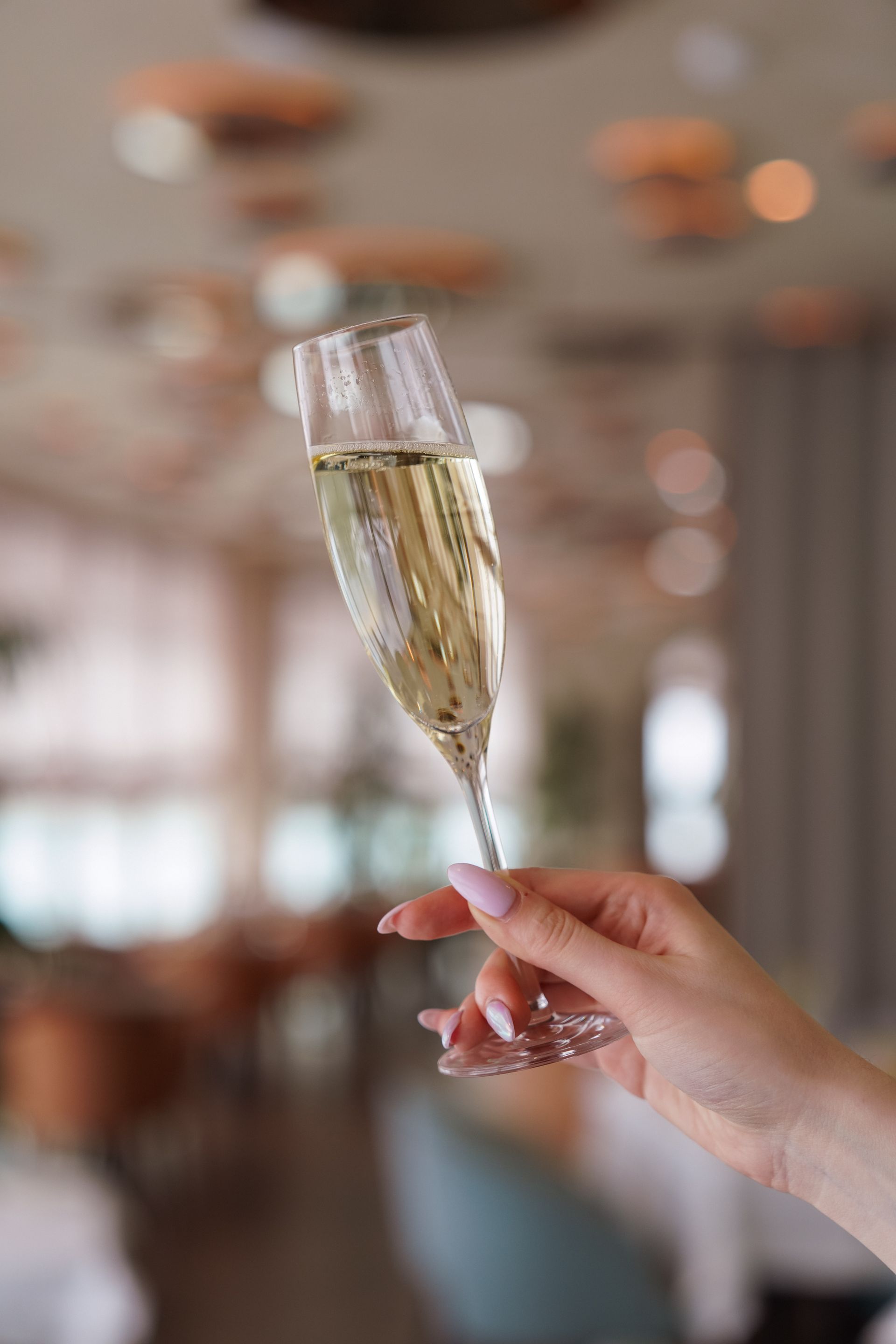
The other big difference between Champagne and Prosecco is the way in which it is made. Prosecco is made using a more affordable method, called the tank method. The still wine is put in a large, stainless steel tank to ferment. The sugar and yeast are added to the tank, which causes the liquid to carbonate, so the wine is already sparkling when it is bottled.
Unlike Champagne, Prosecco is designed to consume young – not to ferment in the bottle for years. It has lighter, frothier bubbles, which don’t last as long as Champagne bubbles.
Other regions have their own sparkling wines, which all share some differences and some similarities with both Champagne and Prosecco.
Champagne isn’t the only French sparkling wine. Sparkling wine made outside the Champagne region is Cremant. Cremant uses the same production method as Champagne – sometimes called the ‘method champenoise’. Cremant’s secondary fermentation also takes place in the bottle, although it typically has less atmospheric pressure, so its bubbles lack the pop of Champagne.
Even though it uses the same process, Cremant is cheaper because it is made outside the Champagne region. Unlike Champagne, it is made from a much wider range of grapes, including Semillon, Sauvignon, Pinot Gris and Chenin Blanc.
Spain’s Cava is made in many different styles. It goes through the same production process as Champagne, but uses a wider variety of grapes, including Macabeo, Chardonnay, Trepat, Monastrell and Pinot Noir.
Sekt is the sparling wine of Austria and Germany. Like Prosecco, it is made using the tank method. And like Cava, it is made from a big range of grapes, including Pinot Blanc, Chardonnay, Pinot Gris, Elbling and Pinot Noir.
Is it possible to make English sparkling wine? It is! Here at Three Choirs Vineyard, we have our Classic Cuvee, which is a traditional bottle fermented English sparkling wine. Fermented at 16°c in stainless steel tanks, it is everything you would expect of a superior sparkling wine.
There are plenty of differences and plenty of similarities between Champagne, Prosecco and other sparkling wines. The good news is that the range gives wine drinkers a lot of choice, so you can choose the right wine for the particular occasion or your budget at the time.
More from our blog...
